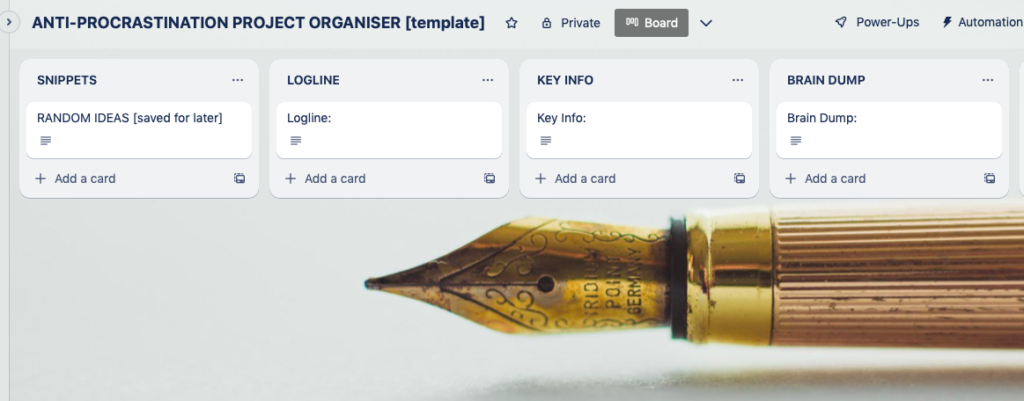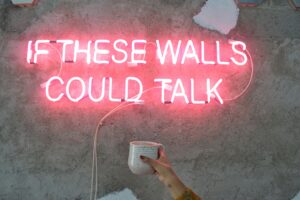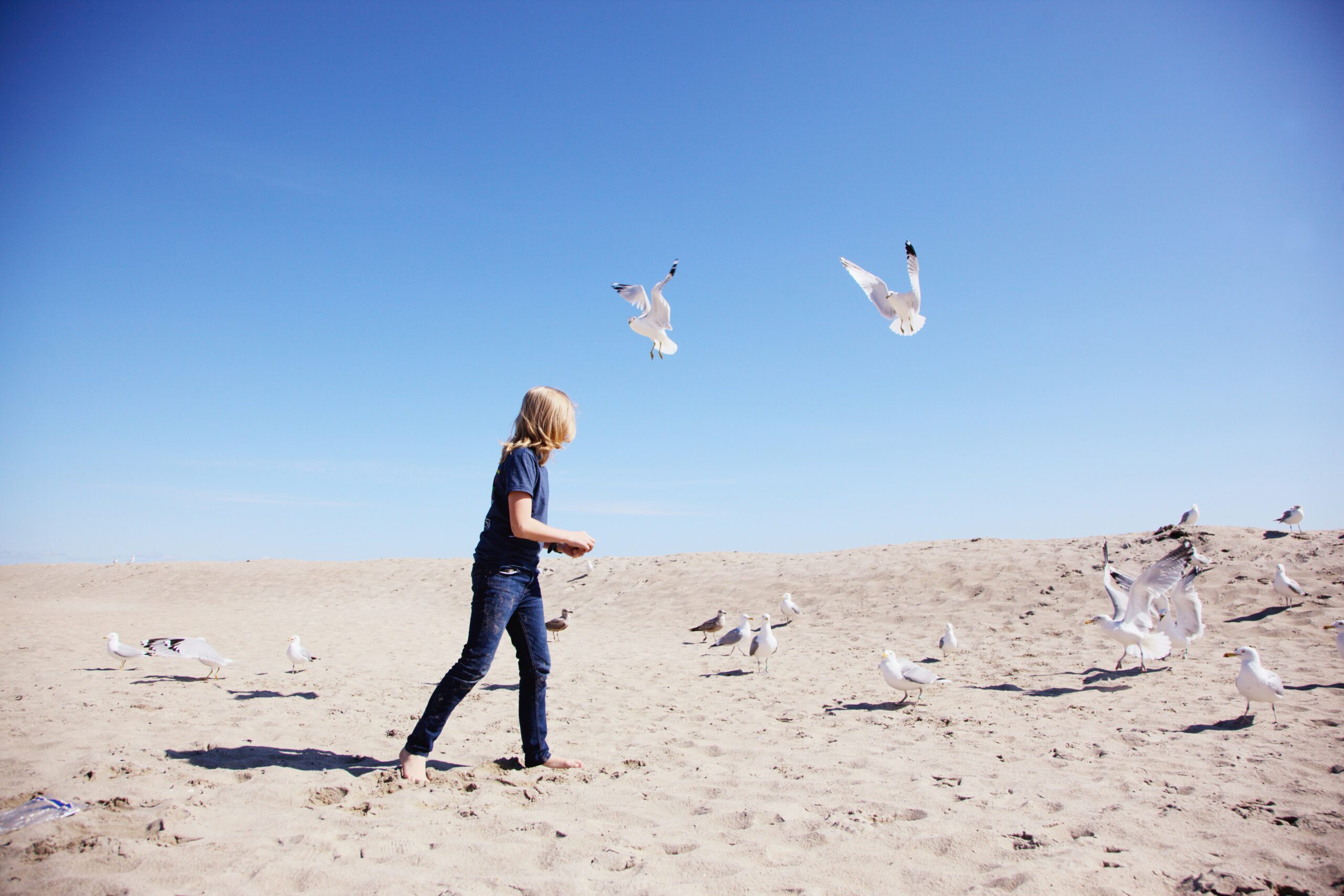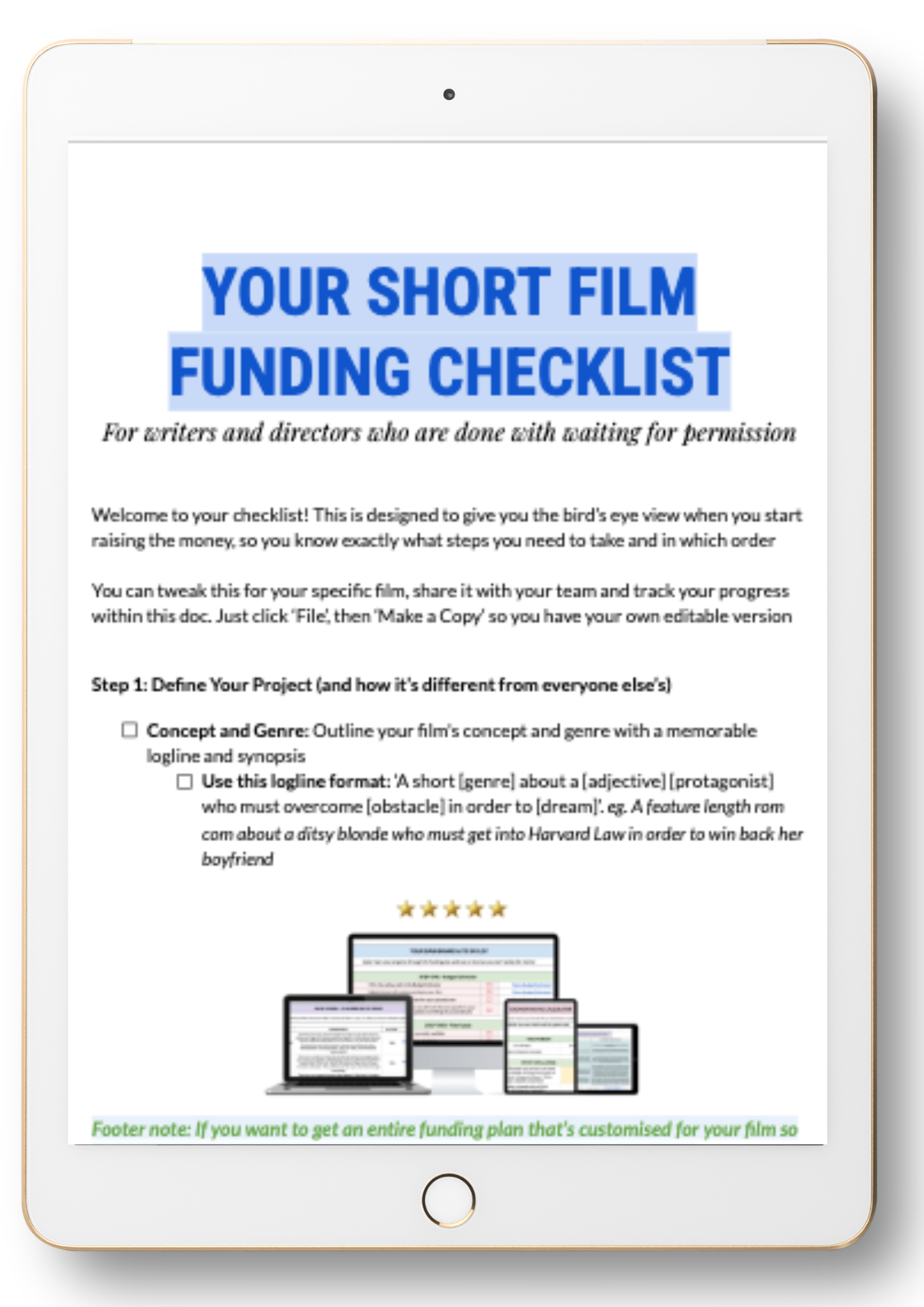Last week I ran a workshop where we created your step-by-step process from idea to finished script
In case you missed it, here’s a recap with the exact steps to uncover your own project process
Part 1:
Why You Need a Roadmap
Ideas and projects are the lifeblood of a filmmaker
You can’t get anywhere if you don’t have an effective way of confidently and consistently getting your ideas from notebook scribbles to fully-fledged films
If you’re having big breaks between projects, struggling to find time to focus on your ideas, feeling overwhelmed when you think about your ideas or leaving ideas in your notebook and promising to revisit them (but only managing to 2+ months later)… Then you definitely need a roadmap
I know all of this from personal experience
For years I was anti-roadmap. I loved the feeling of inspiration hitting and being in that creative flow
The problem was I’d have sudden ideas, scribble them in a notebook (always convinced it would be ‘The Next Big Thing’ and leave 20-30 pages free in the notebook so I could come back to it
2-3 months later, I’d finally go back to it
…And have no idea what the story was even meant to be
Read more: 3 Step-By-Step Plans to Make Your Film in 2024
Part 2:
How Do You Get Ideas?
STILL OR ACTIVE?
Your best ideas and inspiration will come to you when you’re either in a still state or an active state
If you’re a Still person, you’ll find that meditating or breathing exercises where you’re simply still will give you your best ideas
Active people will get their best ideas when doing an activity that doesn’t take too much focus or concentration. Walking, showering, scrolling social media or the news or working out will often end up being your most creative times
Which one are you?
THE LOGLINE EXERCISE
This is my personal favourite. It will help you generate 10 ideas in 5 mins, but the real purpose is to get you into the creative zone where ideas easily flow
Step 1: Find 5-10 mins in your day
Step 2: Grab pen and paper (handwritten works best for this)
Step 3: Go somewhere new
Step 4: Start filling in the blanks of a logline
A [format] [genre] about a [adjective] [protagonist] who must [obstacle] in order to [dream]
Example: A feature-length rom com about a ditsy blonde who must get into Harvard in order to win back her boyfriend
Read more: The Basics: 3 Essentials for Making Your Own Films
ADDING MORE CREATIVITY TO YOUR DAY
Now you know when you’re most creative and how to quickly develop new ideas, start thinking about how to include more of these opportunities in your day-to-day
Example:
Add 30-60 mins in your afternoon to go for a walk (and take your notebook with you)
Add 30-60 mins on Saturday mornings to go to a nearby café and see how many loglines you can write
Part 3:
Create Your Process
WHAT’S YOUR TYPE?
There are three dominant creative types:
Visual Character/Story Research
If you’re a Visual type, you likely get inspired by images, colours or ‘seeing’ the makings of a scene in your mind
Character/Story types are usually inspired by things like plot details or character journeys. Visual inspiration can feel untethered until they have the beginnings of character or the story
LET’S BRAINSTORM
Now you know your type, what are the tasks that you love to do when creating and developing a new idea? Here are a few examples:
- Story outline
- Write snippets of scenes or dialogue
- Start a Pinterest board
- Create a playlist
- Beat sheet
- Character bio
Make a note of everything you like to do. It can be as messy and informal as you like
KEEP IT SMALL
Every task should feel small and doable
‘Write the first draft’ – not small or doable ‘Start a Pinterest board’ – small, doable and fun
Each task should also feel fun, exciting, motivating and completely aligned with how you naturally like to work
One of my students has a task called ‘Spaghetti Stage’. She grabs her notebook and jots down everything she’s thinking about the idea. Once she’s finished her brain dump, she sees what sticks
ORGANISE YOUR TASKS
Once you know all the tasks you like to do, you can start organising them into a straightforward step-by-step process
Here’s an example:
- Snippets of writing
- Logline
- Key info
- Brain dump
- Inspiration collecting (playlist or Pinterest board)
- Synopsis
- Character bio
- Outline
- Beat sheet
- Treatment
- Pitch deck
- Start writing
- Start pitching
QUICK REMINDERS
Everyone’s process is different
This can take a while to experiment with and get right
Each project is different, some stages move around from project to project
Read more: 6 steps to get producers asking for your script
Part 4:
Tech to Stay Organised
VISUALISE YOUR PROCESS
Once you’ve got your step-by-step process, you need a way to visualise it to make using it as easy as possible
The traditional way of doing this would be post-it notes. Personally I like using Trello in the Kanban style. You can also use Notion, or any other project management/productivity software. An offline version would be post-it notes
MANAGE YOUR PROJECTS (with no more overwhelm)
Having each step laid out like this means you can add in your project and easily move it through each stage
Instead of losing time wondering what you’re meant to be doing, you can see what needs to happen next
It doesn’t matter what tech you use for this. As soon as you have it visually laid out, you’ll be able to see the next step for each idea
And because your process is perfectly broken down into small, manageable steps, it’s no longer overwhelming
Part 5:
Using Your Process
Now it’s organised and there’s no more overwhelm, let’s look at actually using it. This is the most common structure:
Daily Check In:
Spend 5-10 mins seeing where each of your projects are up to
2 hour Development Blocks:
Add 2-3 Development Blocks to your weekly calendar to work through the steps for each project
This is also the easiest way to keep track of multiple ideas and work on 3+ projects at the same time (without feeling overwhelmed)
RECAP
We know…
When you’re most creative and when you get your best ideas
Your exact step-by-step process you’re going to work through for each project
Plus the tech you’re going to use to stay organised (instead of overwhelmed)
And how you can handle multiple ideas and projects
Read more: What to do when film producers don’t accept unsolicited scripts
QUESTION TIME
Does this feel doable?
And more importantly…
Does this feel fun, exciting and something you’re looking forward to getting on with?
If not, go back and spend a little more time on outlining your complete process to make sure it feels doable and comfortable for you. If any part of it feels overwhelming, the step/task is likely too big
Just break it down into smaller steps and watch how much easier it becomes!








[…] Read more: Build Your Development Roadmap […]